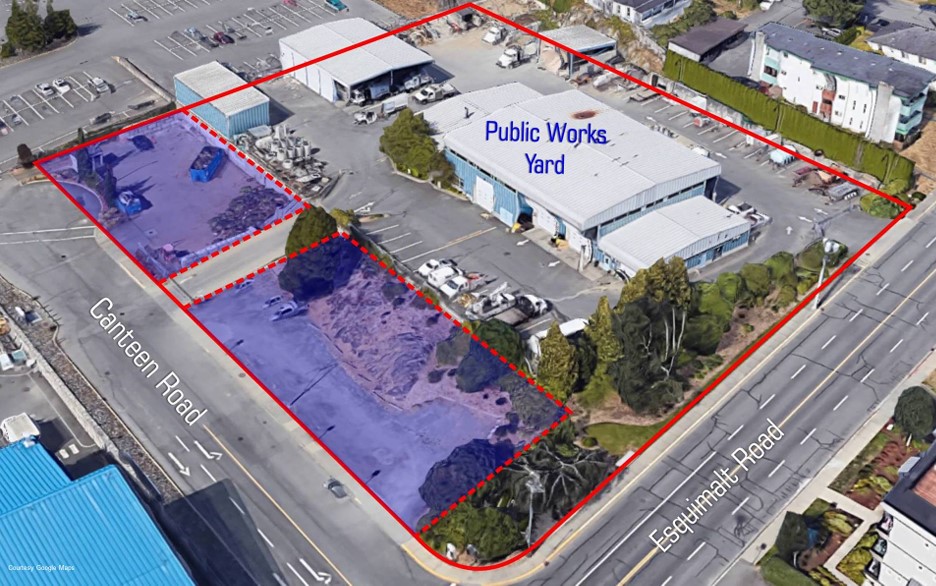In 2019, a major step forward for climate leadership was taken by the Township of Esquimalt Council with potential far reaching outcomes for Canadians. A report was commissioned to explore the feasibility of thermally converting municipal solid waste( garbage) into renewable gas for heating buildings and biochar, which captures carbon and is used as an eco-friendly, soil conditioner.
Having declared a climate emergency, Esquimalt Council took a bold step to be the first jurisdiction in Canada to examine the feasibility for the gasifier to process municipal solid waste. This would be Esquimalt’s largest single project to capture carbon and reduce waste being dumped at Victoria, BC’s Hartland Landfill. The Capital Regional District (CRD) has admitted that targets to reduce waste disposal at Hartland have failed and the site is filling up at an alarming rate. Expansion of the landfill would result in the loss of 73 acres of surrounding mature forests adjacent to Mt. Work, a popular walking and hiking area, and home to many species.
Based on the report’s findings that the project was potentially financially and technically feasible, Esquimalt Council asked the consultants to prepare a more detailed business case analysis, as well as the potential for regulatory approval by the Provincial Ministry of Environment and Climate Change.
This second report is scheduled to be released on September 20 together with a staff assessment for public discussion on Monday, September 25 at 7 pm in Esquimalt Council Chambers, 1229 Esquimalt Rd. The public is encouraged to attend (online or in person) and present their ideas and support for the project.
Based on the initial report for the gasifier, here are some statistics of note:
If developed properly an advanced gasification facility would be the most effective single carbon reduction project Esquimalt could undertake.
- It could divert over 10,000 tonnes per year (TPY) from the Hartland Landfill;
- It could be financially viable and has potential to return an annual taxpayer dividend;
- Based on the current scope, GHG reduction could be in the order of 10,000 tCO2e/year (tonnes of all greenhouse gasses expressed as units of CO2) – equivalent to ≈25% of the community’s total GHG footprint;
- It would immediately eliminate Esquimalt’s Corporate GHG footprint;
- It could produce more than 1,500 TPY biochar, sequestering over 150,000 tCO2e over 30 yr life cycle;
- Could replace 2,500,000 GJ of fossil based natural Natural gas over its 30 yr life cycle; and
- It would generate numerous intangible benefits to community living.
The reason IRM can produce such a substantial reduction in community GHGs (25%) is that it combines multiple components of the carbon cycle: including avoidance of landfill GHGs; replacement of natural gas through renewable heating and cooling; and carbon sequestration by using biochar as a sterile organic fertilizer, thereby displacing fossil-based chemical fertilizers.
Although Esquimalt limited the study scope to its own wastes, it would be possible – without increasing the plant size – to improve GHG reduction to ≈45% of the entire community’s GHG footprint. This is substantial and could be done without increased risk or cost to taxpayers.
We face a worsening climate crisis and an increasing generation of waste so the need for innovative green technology has never been more important. Esquimalt Council needs to hear from the public about the importance of this project.
A summary of the report and some of the key messages for Esquimalt Council to consider will be posted on the Creatively United website in advance of the September 25th 7 pm Council meeting.

melanie@firstchoicebooks.ca